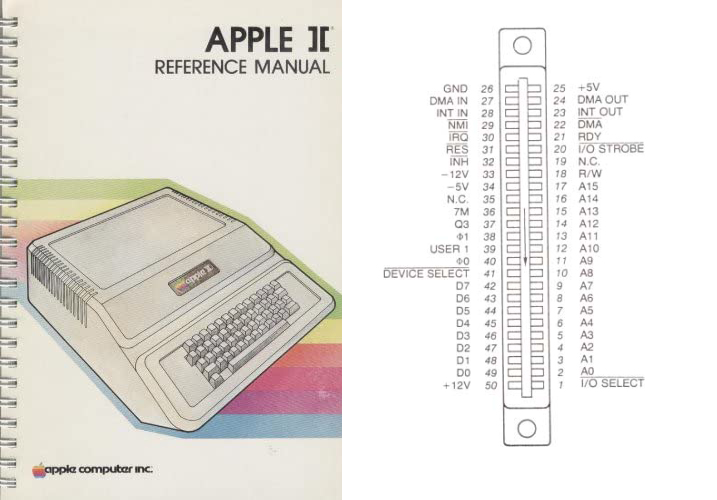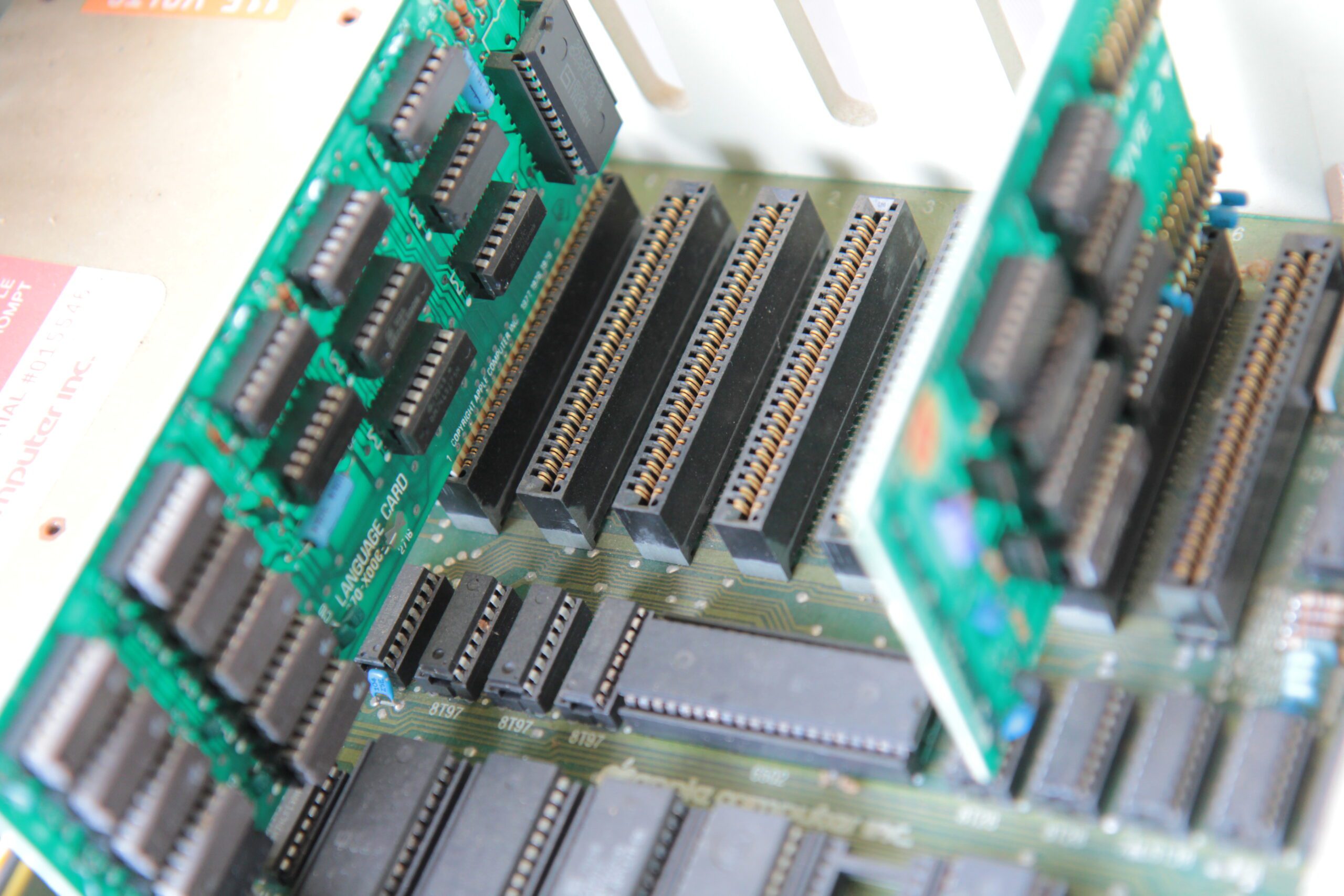Moore’s Law is a well known trope in tech circles but I typed ‘Wozniak’s Law’ into Google and all I got was a listing for a law firm owned by some other Wozniak. How is that possible?
The Wozniak I’m talking about is of course Apple Co-founder Steve Wozniak, legendary computer engineer and inventor.
Let’s define this thing and get it out there so I can refer to it in a future post about how we’re applying Wozinak’s Law to Agricultural Technology, IoT, environmental monitoring and climate research.
Wozniak’s Law: Expandability is critical to achieving mass adoption of an emerging technology platform.
I’ve based Wozniak’s Law on a tiny section towards the back of Apple Co-founder Steve Wozniak’s biography iWoz. Those few paragraphs have been on my mind for years, influencing the RM1’s design.
Here is the excerpt from page 192, emphasis mine:
“In the spring of 1976, as I was working on the Apple II, Steve and I got into our first argument. He didn’t think the Apple II should have eight slots. Slots are connectors you can plug extra circuit boards into in case you want to expand the functionality of a computer. Steve wanted only two slots – one for a printer and one for a modem. He though that way you could build a cheaper, smaller machine that was good enough for today’s tasks.”
“But I wanted more of them, eight slots. I had the idea that there would be a lot of things that people would want in the future, and no way did we want to limit people.”
“Usually I’m really easy to get along with, but this time I told him, “If that’s what you want, go get yourself another computer.” There wasn’t a single chip I could save by reducing the number of slots from eight to two, and I knew people like me would eventually come up with things to add to any computer.”
The philosophy of offering programability and expandability resulted not just in eight hardware slots but also an exquisitely detailed guide on how to use them – The Apple II Reference Manual. This manual came with every machine and that’s super important.

The approach was responsible for the success and longevity of the Apple II as well as having a strong influence on IBM’s response, the IBM PC – The architecture that became the generic personal computer standard that conquered the world (with some BIOS reverse-engineering help from companies like Compaq).
The ideals in those three paragraphs combined with the extensive supporting documentation speaks to achieving critical mass in an emerging market by allowing third parties to tinker and extend a vendor’s technology beyond what the original designer could imagine or even just has the time to work on. The eight slots let the Apple II computer be taken on a ride far beyond the competing computers from that era because the Apple II was far more flexible in a time when personal computing was changing rapidly.
The World-Changing Impact of Wozniak’s Law
The world-changing era of the smartphone and the apps that live on these devices is the story of Wozniak’s Law.
Jobs may not have agreed with Woz at the time of the above quote but he started coming around in the years that followed. Early closed systems like the Apple III failed and even the much celebrated but initially more locked-down Macintosh wobbled in the early days. However by the time the biggest product of Jobs’ career arrived decades later in 2007, maybe you’ve heard of it, he’d built a team led by people that had the spirit of Woz’s mindset for openness and interoperability at heart.
Many would argue that the iPhone didn’t adhere to Wozniak’s Law but that’s not true. Sure, people complained it didn’t have an SD card slot, but right or wrong, an expandable storage slot is not the kind of expandability that Wozniak was talking about.
Eight slots only make sense on a large form factor like the personal computer. Wozniak’s Law captures the philosophy of offering an official way to interact with and extend a system.
The iPhone’s OS was designed for programability and expandability – even before the SDK and App Store. It wasn’t an afterthought despite the launch position of web apps being billed as a “sweet solution”. The foundations were there but building a phone so advanced was such a sprint that it took another eight months to lock down an official set of APIs for third party apps. If you have a spare six hours listen to Nitin Ganatra’s epic oral history of the iPhone development sprint and the 10 years leading up to it.
By 2007 the concept of the API had long arisen and evolved but its origins remained elusive. This is why Wozniak’s reference manual combined with those slots is so important and needs to be recognised. Wozniak didn’t invent slots, other predecessors like the Altair had them. He also didn’t invent programming interface documentation, there were a handful of academic documents as far back as the 1940s outlining programming interfaces. The Apple II though is the earliest example of extensively thought out system expandability with a detailed manual included with every machine explaining how to interact with and design for it.
From this viewpoint, Steve Wozniak is the grandfather of the API and Wozniak’s Law is the guiding principle for getting a platform off the ground.
In the iPhone example, initial sales were ok but it wasn’t until the launch of the App Store that the phone’s capabilities were fully exploited and the app ecosystem exploded far beyond anything anyone had ever imagined. At that point the masses could see the value of the phone was undeniable and another platform was truly born.
This is just one example of Wozniak’s Law at play and if you look around at the companies that have a successful hardware or software platform today you start to see Wozniak’s philosophy everywhere. What a brilliant visionary.
